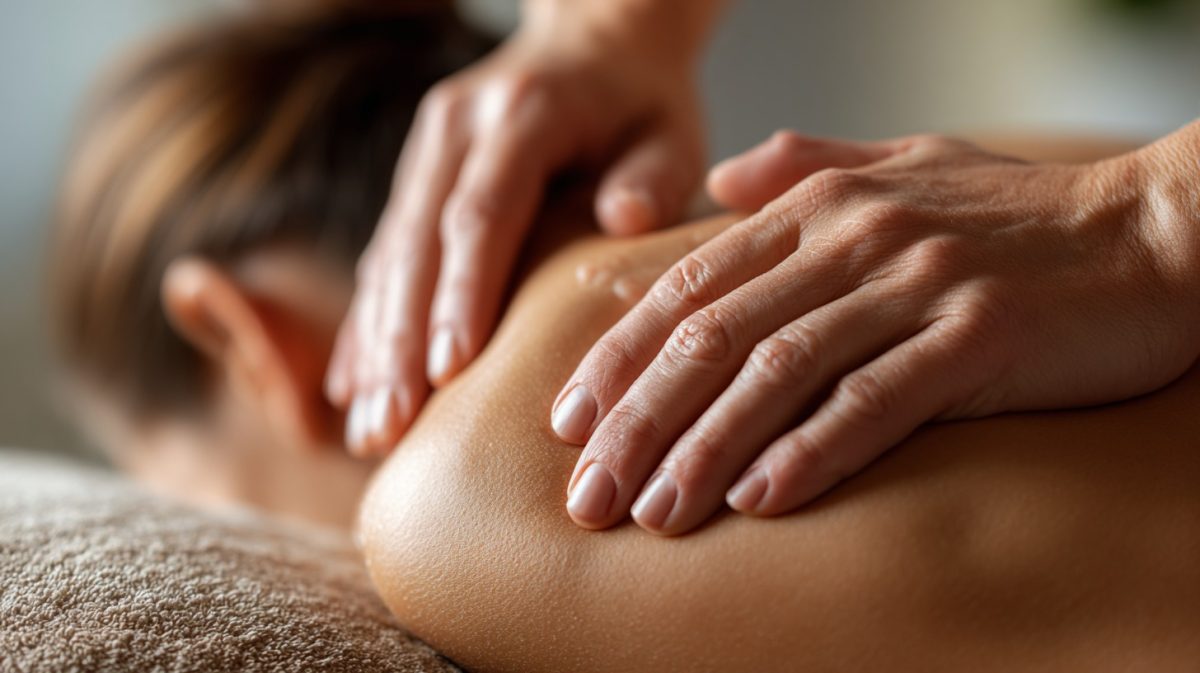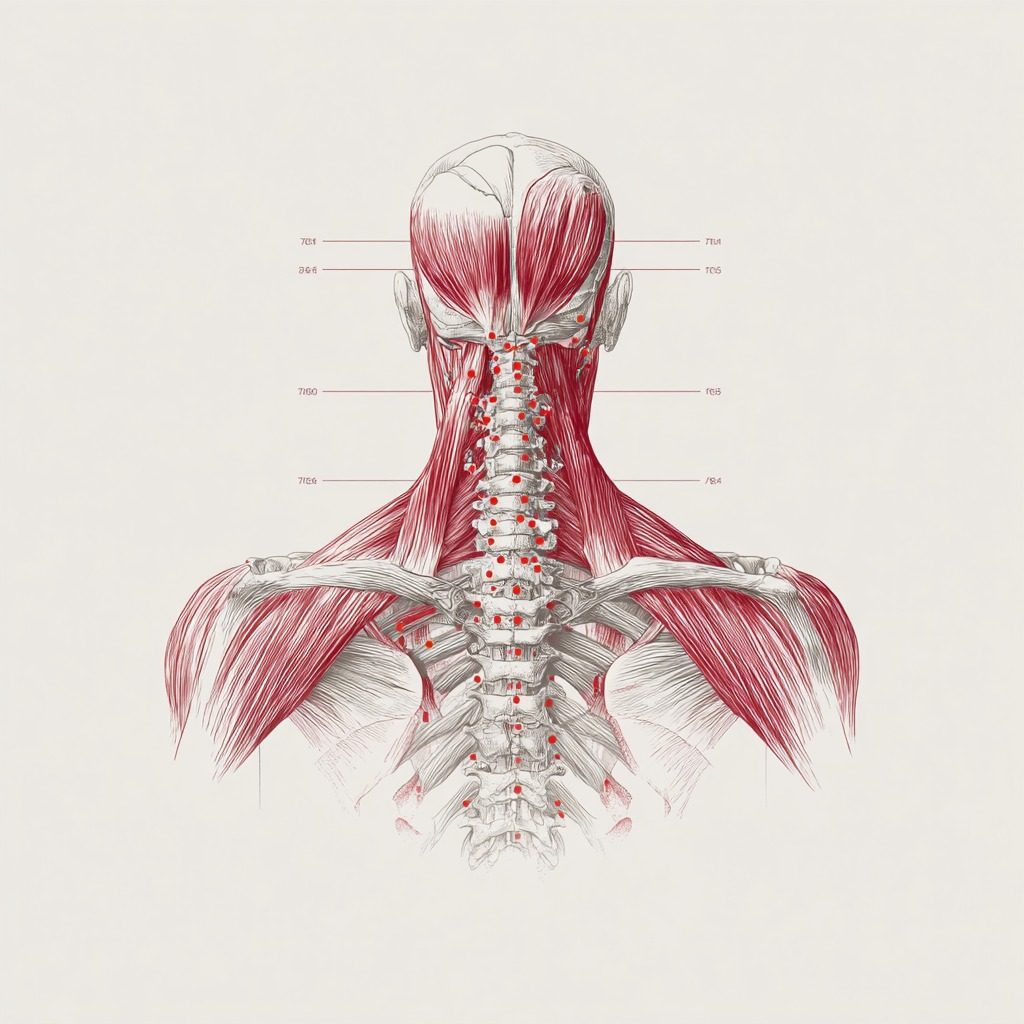If you've been carrying tension in your neck and shoulders for weeks—or let's be honest, years—you know how it can affect everything from your sleep quality to your mood. After more than 15 years of practice, I've found that chronic upper body tension is one of the most common complaints I hear, and thankfully, one of the most treatable with the right massage techniques.
Let's break down five proven methods that can help release that stubborn tension and get you feeling like yourself again.
1. Trigger Point Therapy
Those "knots" you feel in your shoulders? They're trigger points—tight bands of muscle fibers that refer pain to other areas. Trigger point therapy applies focused pressure directly to these spots, holding for 10-30 seconds until the tension releases. It's not always comfortable in the moment, but clients consistently tell me it provides lasting relief. This technique is especially effective for tension headaches that originate from shoulder and neck tightness.
2. Myofascial Release
Your fascia is the connective tissue that wraps around every muscle in your body. When it gets tight or restricted, it can pull on your neck and shoulders like a too-tight sweater. Myofascial release uses slow, sustained pressure to stretch and soften this tissue. Unlike deep tissue massage, this technique works with lighter pressure over a broader area, making it ideal if you're sensitive to intense work but still need serious relief.
3. Deep Tissue Massage
When tension has been building for months or years, superficial work often isn't enough. Deep tissue massage uses slow strokes and firm pressure to reach the deeper layers of muscle tissue. For chronic neck and shoulder pain, I focus on the trapezius, levator scapulae, and the muscles along the cervical spine. This technique increases blood flow to tight areas and helps break up scar tissue that can develop from repetitive strain.
4. Swedish Massage with Focused Work
Don't underestimate the power of classic Swedish massage techniques for tension relief. The combination of long gliding strokes (effleurage), kneading (petrissage), and friction creates a cumulative effect that reduces muscle tension while promoting relaxation. For neck and shoulder issues, I'll spend extra time on problem areas while still treating the whole body—because tension doesn't exist in isolation.
5. Neuromuscular Therapy
This specialized technique addresses the relationship between your nervous system and muscular pain. Neuromuscular therapy combines trigger point work with an understanding of nerve compression and postural patterns. If your shoulder tension is related to how you sit at your desk or how you carry stress, this approach can retrain your muscles to release chronic holding patterns.
Which Technique Is Right for You?
The honest answer is that most people benefit from a combination of these techniques. During your session, I assess your specific tension patterns, pain tolerance, and treatment goals to create a customized approach. Someone with acute tension might need focused trigger point work, while someone with chronic tightness might respond better to myofascial release combined with deep tissue massage.
It's also worth noting that one session rarely solves chronic tension. These techniques work best with regular treatment, ideally combined with stretching, ergonomic adjustments, and stress management. I typically recommend weekly sessions initially, then spacing them out as your symptoms improve.
Your neck and shoulders carry more than physical weight—they hold stress, poor posture, repetitive movements, and even emotional tension. The right massage techniques can address all of these factors, giving you not just temporary relief but a path toward long-term wellness.
If you've been living with chronic upper body tension, you don't have to accept it as your normal. These proven massage techniques can help you finally release what you've been carrying.





